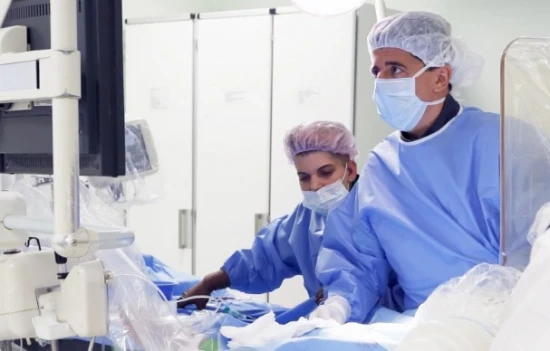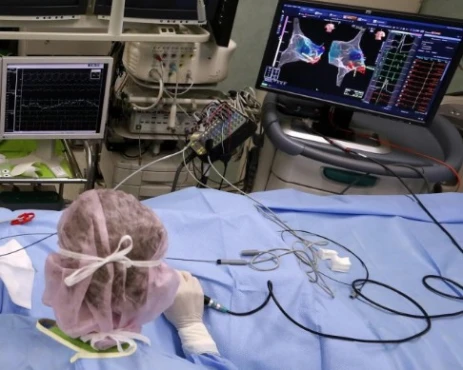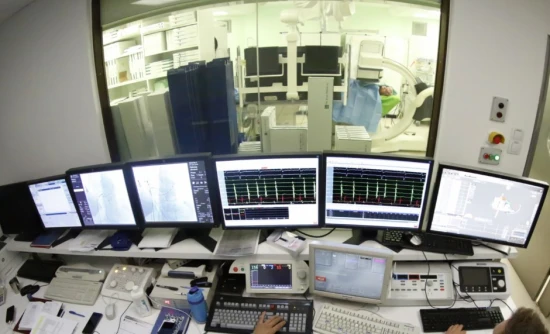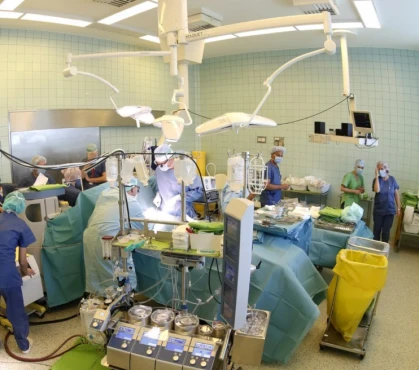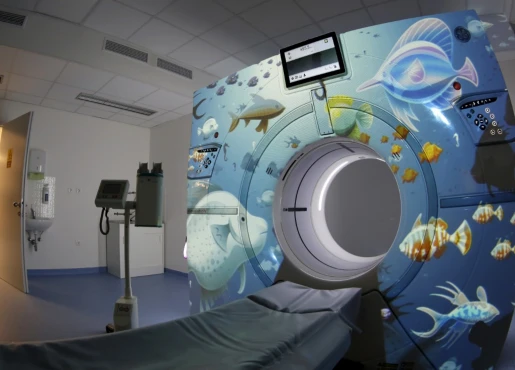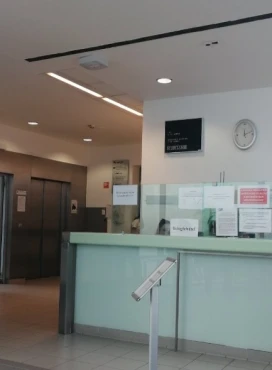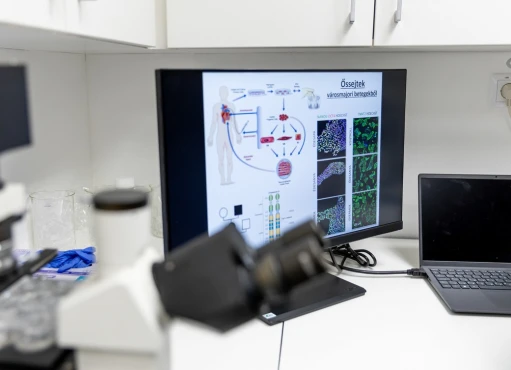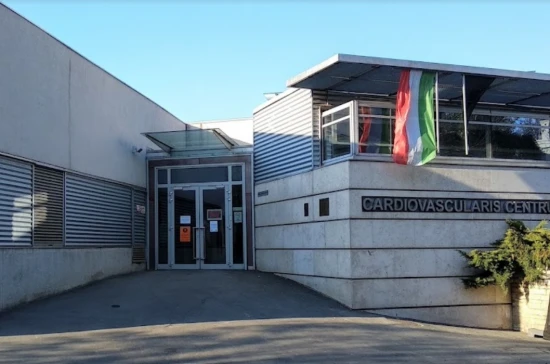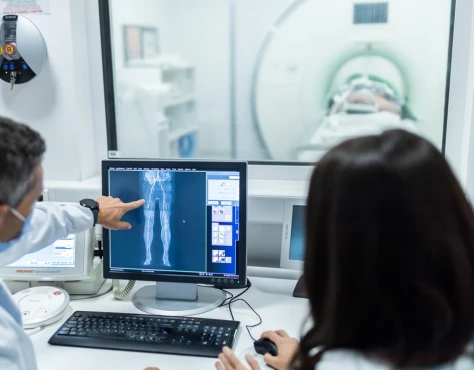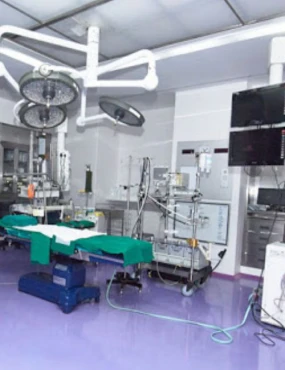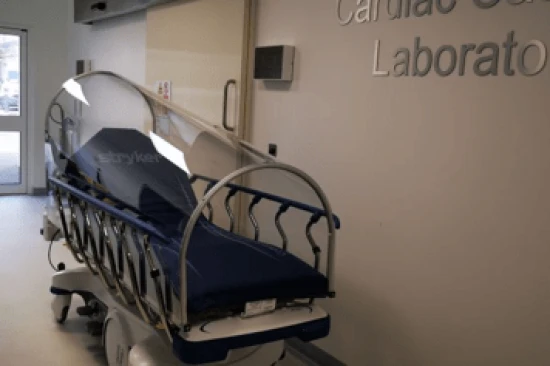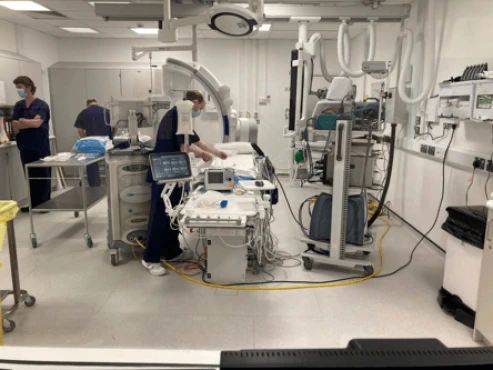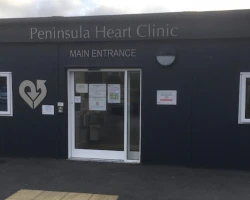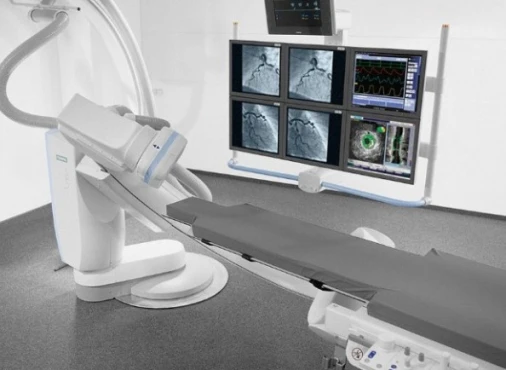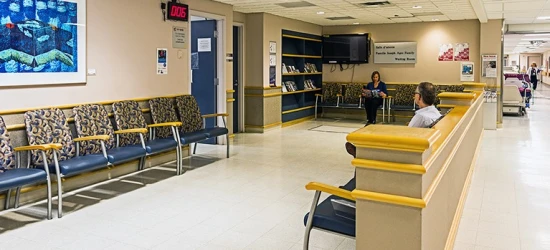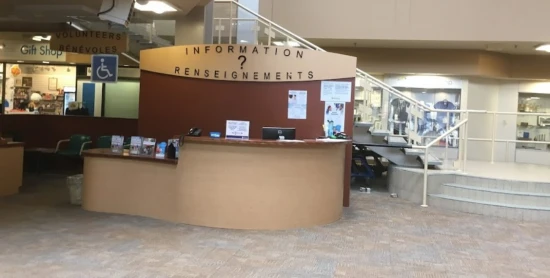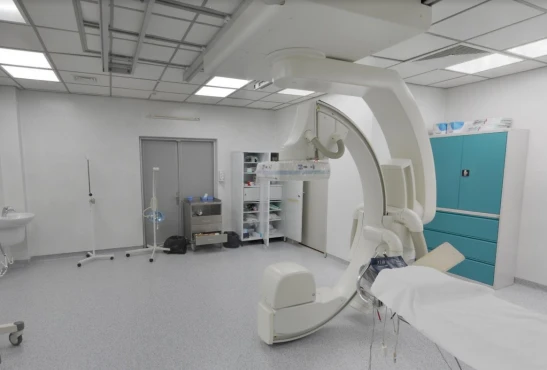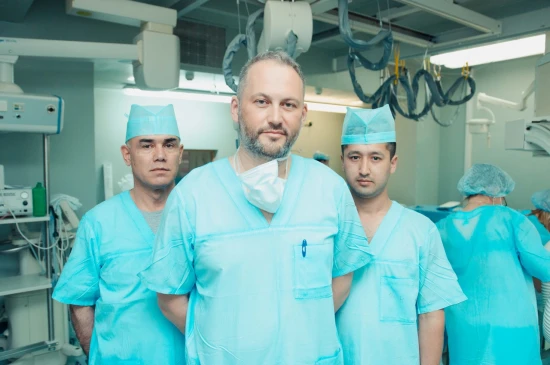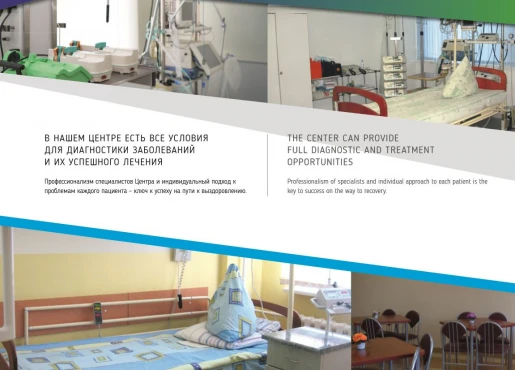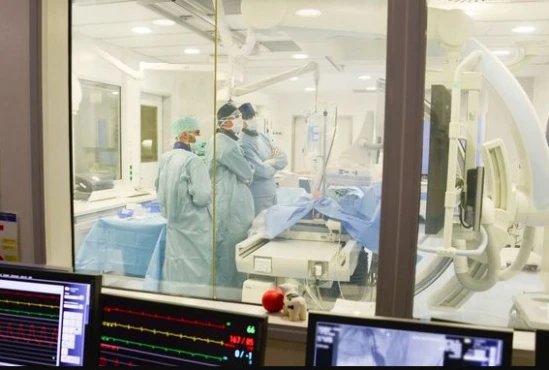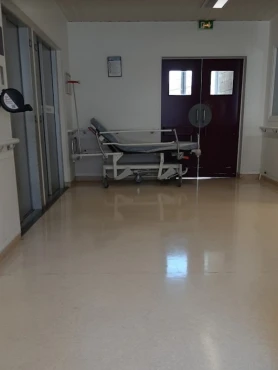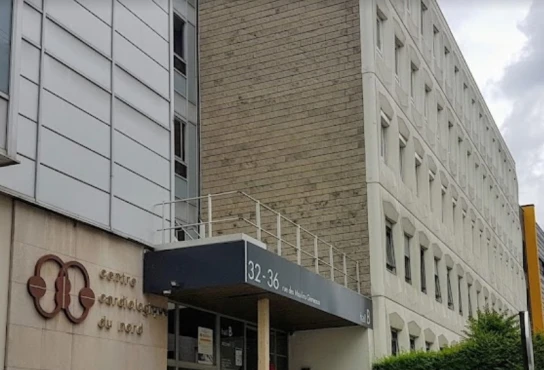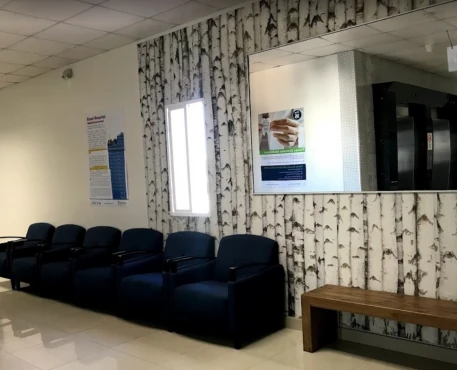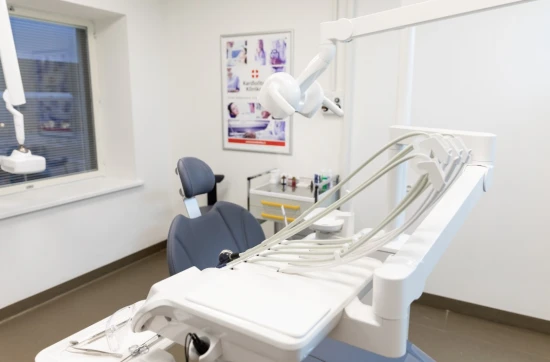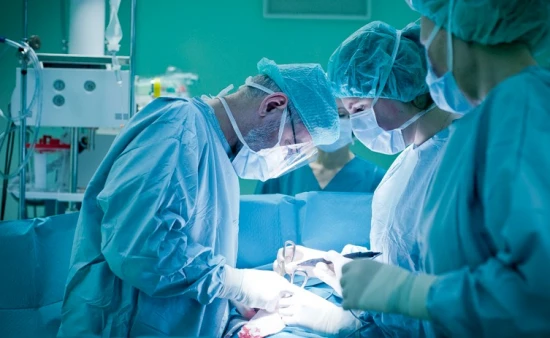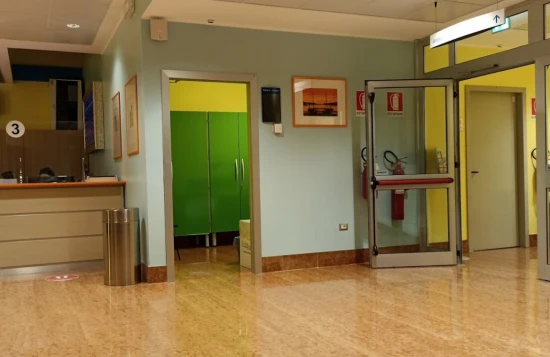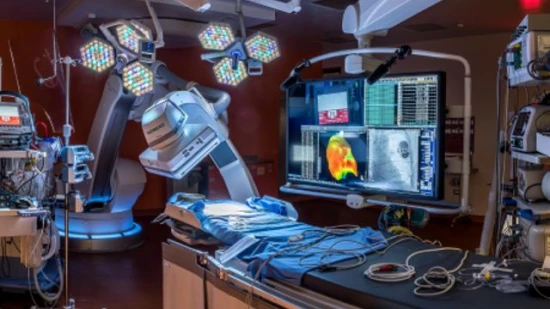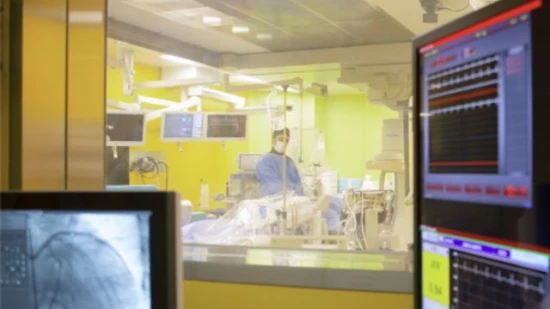CABG: The Surgical Lifeline for Coronary Artery Disease
Coronary Artery Bypass Graft (CABG), commonly referred to as heart bypass surgery, is a life-saving procedure that has revolutionized the treatment of coronary artery disease (CAD). This surgical technique is designed to restore blood flow to the heart muscle when the coronary arteries become blocked or narrowed due to a buildup of plaque. In this comprehensive article, we will delve into the intricacies of CABG, exploring its history, indications, surgical techniques, recovery, and its pivotal role in cardiac care.
Understanding Coronary Artery Disease (CAD)
Before delving into the details of CABG, it's essential to understand the underlying condition it treats—Coronary Artery Disease. CAD, often called atherosclerosis, is a progressive condition characterized by the gradual buildup of fatty deposits (atherosclerotic plaques) within the coronary arteries. These arteries are responsible for supplying oxygen-rich blood to the heart muscle, enabling it to function efficiently.
As atherosclerotic plaques accumulate, they narrow the coronary arteries, reducing blood flow to the heart. This diminished blood supply can lead to chest pain (angina), shortness of breath, and other symptoms. In severe cases, the plaque can rupture, leading to the formation of blood clots that can completely block an artery, causing a heart attack (myocardial infarction).
The Evolution of CABG: A Historical Perspective
The origins of CABG can be traced back to the mid-20th century when surgical pioneers began exploring ways to bypass obstructed coronary arteries. The first successful CABG procedure was performed by Dr. Rene Favaloro in 1967. Dr. Favaloro's groundbreaking work laid the foundation for modern coronary artery bypass surgery.
Initially, CABG was performed using the patient's own veins (typically the saphenous vein from the leg) to create a bypass graft around the blocked artery. Over time, surgical techniques and tools have advanced, allowing for the use of arterial grafts such as the internal mammary artery and radial artery, which often result in better long-term outcomes.
Indications for CABG: Who Needs It?
CABG is recommended for individuals with significant coronary artery disease, particularly when other treatments, such as lifestyle modifications, medication, or percutaneous coronary intervention (PCI) with stent placement, are insufficient to alleviate symptoms or improve blood flow. Common indications for CABG include:
- Severe Coronary Artery Disease: When multiple coronary arteries are blocked or narrowed, restricting blood flow to a significant portion of the heart muscle.
- Left Main Coronary Artery Disease: When the left main coronary artery, responsible for supplying a large portion of the heart, is significantly diseased.
- Failed PCI: In cases where PCI procedures, such as angioplasty and stenting, are unsuccessful or not feasible.
- Recurrent Angina: When angina symptoms persist despite medication and lifestyle changes.
- High-Risk Patients: Individuals with diabetes, weakened heart muscle (heart failure), or those at high risk of complications from heart attack.
The CABG Procedure: A Bypass to Health
CABG is typically performed in a hospital setting under general anesthesia. The surgical team, led by a cardiothoracic surgeon, follows a well-established series of steps:
- Harvesting Grafts: The surgeon first selects suitable graft vessels (usually veins or arteries) to create bypasses. Common grafts include the saphenous vein, internal mammary artery, or radial artery. Arterial grafts are often preferred for their long-term durability.
- Preparing the Patient: After grafts are selected, the patient is connected to a heart-lung machine. This machine takes over the heart's pumping function and oxygenates the blood, allowing the surgeon to temporarily stop the heart, creating a bloodless surgical field.
- Creating Bypasses: With the heart stopped, the surgeon sews the selected graft vessels onto the coronary arteries, creating bypasses that enable blood to flow around the blocked or narrowed areas.
- Restarting the Heart: Once the bypass grafts are in place and functioning correctly, the heart-lung machine is disconnected, and the heart is restarted. It will then gradually resume its normal function.
- Closing Incisions: The surgeon closes the chest incision, and the patient is moved to the recovery area.
Recovery and Rehabilitation
The recovery period following CABG varies from patient to patient, but most individuals can expect to stay in the hospital for several days. During this time, healthcare providers monitor the patient's progress, manage pain, and initiate early mobility and breathing exercises.
After discharge, a structured cardiac rehabilitation program is often recommended. These programs include exercises, lifestyle counseling, and education to help patients regain their strength, improve heart health, and reduce the risk of future heart problems.
Long-Term Benefits and Considerations
CABG has been shown to provide significant benefits in terms of symptom relief, improved quality of life, and increased life expectancy for patients with severe coronary artery disease. However, it's important to note that CABG is not a cure for coronary artery disease. Lifestyle modifications, including a heart-healthy diet, regular exercise, and medication management, remain crucial to long-term success.
Preventing Coronary Artery Disease
While CABG is an effective treatment for advanced coronary artery disease, prevention remains the best approach. Lifestyle modifications such as maintaining a healthy weight, eating a balanced diet, quitting smoking, and managing conditions like hypertension and diabetes can reduce the risk of developing CAD in the first place.
In conclusion, Coronary Artery Bypass Graft (CABG) is a remarkable surgical procedure that has saved countless lives by restoring blood flow to the heart muscle in individuals with severe coronary artery disease. As our understanding of heart disease and surgical techniques continues to evolve, CABG remains a cornerstone in the field of cardiac care, offering hope and renewed vitality to those facing this challenging condition. Always consult with a healthcare professional for personalized guidance on your heart health journey.
















